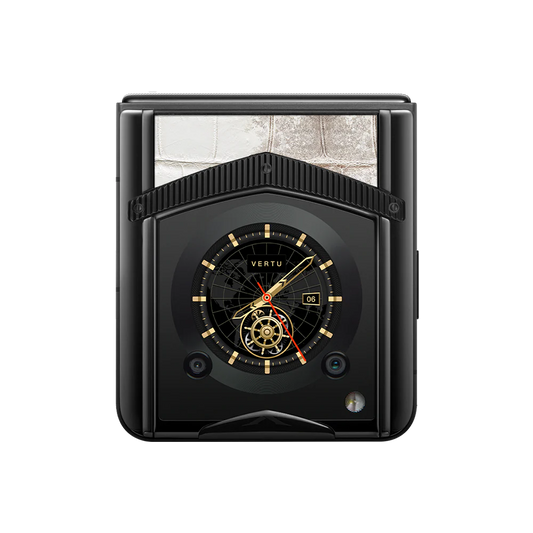‘20 Minutes Park Time’ become a new favorite in the workplace

The topic of work-life balance has once again become a source of contention in the workplace. For the younger generation, high salaries are no longer the only incentive to attract talent. They are more concerned about the perfection of the system, the relative fairness of the environment, and whether the management style is relatively humane. In this context, the afternoon and evening "loose class" park sessions, held in the work park, office buildings near green spaces, and community streets and alleys, have become a popular way for workers to relax and unwind. These sessions, which last 20 minutes, have been dubbed the "park 20 minutes effect" and have been widely embraced by employees. .
As with the moderate flexible working system, the "park 20 minutes effect" can help employees maintain work enthusiasm, enhance work efficiency, and relieve workplace stress. It can also enhance mood and help people to relax at any time and in any place. Parking has become the most popular and cost-effective way of providing workers with a form of "spiritual self-help".
The concept of the "20-minute park effect" was first introduced in the spring of this year, originating from a study published in the International Journal of Environmental Health Research. The study demonstrated that a brief period of outdoor activity, without any exercise, can induce relaxation. Even a 20-minute visit to a park or other natural setting can positively impact mental well-being.
The concept of the "20 minutes in the park effect" has been well-documented. Some scientists believe that spending 20 to 30 minutes in a natural environment can significantly reduce cortisol (the stress hormone) levels in the body by about 10 percent, thereby reducing stress. At the same time, nature has a calming effect on the prefrontal cortex, the brain's control centre, which helps it to function more effectively.
There are numerous locations offering rest and relaxation, yet it is the parks that are particularly popular.
On the one hand, free leisure activities are more cost-effective. When compared with other leisure activities such as travelling, staying in a bed and breakfast, fitness and other healing methods, free parks are undoubtedly more affordable. In recent years, there has been a gradual increase in the number of small and beautiful green spaces in urban areas, including micro-parks and pocket parks. These spaces act as a transition zone between urban and natural environments.
For employees, parks include, but are not limited to, large city parks, work parks, office buildings near green spaces, small green spaces in the streets and alleys of the community, and so on. In contrast to the grandiose concept of holiday parks, "20 minutes in the park" is centered on the notion of proximity to nature, encouraging a casual stroll, a modest expenditure, and a sense of relaxation.
However, some have questioned the efficacy of the "20 minutes in the park effect". Some have suggested that this effect may be a mere psychological placebo, and that it cannot truly address the underlying anxiety and stress that people experience. It is likely that such individuals are still preoccupied with their issues when they enter the park, failing to fully engage with their surroundings and the natural environment. When they encounter this situation, they can attempt to temporarily release their stress and not confront it directly.
Despite the controversy, the "20-minute park effect" is an effective and simple way for people to reduce stress. In today's fast-paced, high-stress society, it is important for all of us to find ways to slow down, appreciate the beauty of nature, and find inner peace. It is often the case that happiness and joy can be found in the most unexpected places.

















